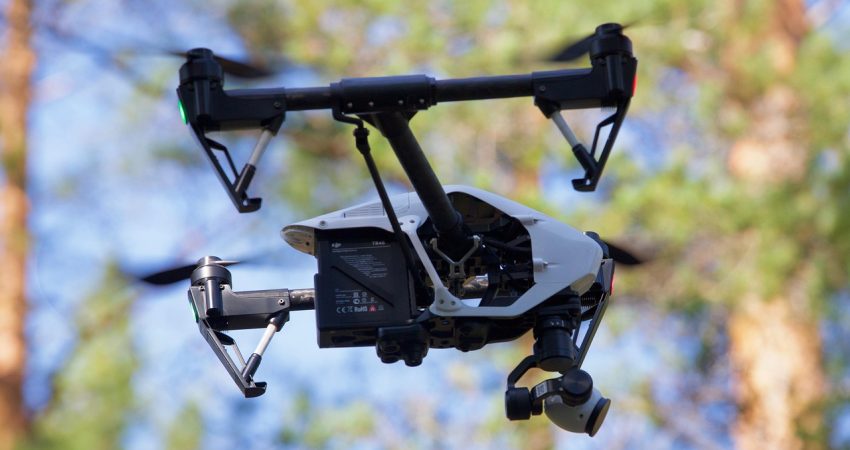
In a world that is becoming more connected daily, we see an increased demand for smart and fast surveillance systems. We have in public safety, industrial security, and within the structure of smart cities to report that traditional surveillance systems are giving way to or are being improved by Edge AI cameras, which are smart, autonomous devices that do the processing at the edge of the network.
These devices are at the forefront of real-time surveillance transformation, which in turn brings about faster responses, reduced bandwidth use, and better privacy control.
What Are Edge AI Cameras?
Edge AI cameras, which can do advanced surveillance they are integrated with artificial intelligence that processes right on the device instead of sending out all data to a central cloud or server for processing. This local processing, which they do, enables real-time analysis and decision making, which in turn makes them very useful in mission-critical environments that need instant insights and responses.
Real-Time Surveillance Gets Smarter
In the past, we have seen that what has caused the greatest issue in traditional surveillance has been the delay in the transmission of video footage to cloud servers or control rooms for analysis. But with Edge AI cameras, this delay is a thing of the past. At the point of capture, smart cameras can detect motion, identify faces, recognize license plates, and also determine out-of-the-ordinary behavior almost in real time.
This at once performs an analysis, which in turn enables real-time threat detection and response. For instance, if a person goes into a restricted area or an object is left unattended in a public area, an Edge AI camera will set off alerts immediately without human intervention.
Key Advantages of Edge AI Cameras
- Low Latency
Since we no longer transfer data to a cloud server for analysis decision-making happens much faster. This low delay response is of great importance in time-sensitive issues like crime prevention, emergency response, or traffic management.
- Bandwidth Efficiency
Edge AI cameras perform the task of analyzing and filtering out irrelevant footage at the local level, which in turn reduces the amount of data sent to the cloud or stored. What we see is a large-scale reduction in bandwidth use and storage.
- Enhanced Privacy and Security
In critical environments like hospitals or government facilities, which have very high data privacy requirements, Edge AI enables cameras to analyze data at the edge, which in turn means we do not have to send that data out, which is keeping sensitive visual and info secure.
- Scalability
Deploy on a large scale to cities, factories, or campuses, which we are seeing more of with the advent of distributed data processing. This breaks up the dependence on central computing resources and allows for efficient system scale-out.
- Intelligent Automation
Edge AI cameras are programmed for dedicated tasks, which include people counting, mask detection, and temperature screening, among others. They are very useful in retail, health care, and smart buildings.
Use Cases Across Industries
- Smart Cities: Watch traffic flow, report accidents, and preserve public safety.
- Retail: Track and report foot traffic, analyze what customers do, and prevent shoplifting.
- Industrial Sites: Guarantee employee safety, identify intrusions, and we also monitor the equipment.
- Healthcare: Improve patient monitoring at the same time we protect data privacy.
The Future of Surveillance
Edge AI cameras are a big step in the right direction for surveillance innovation. We are seeing continuous improvement in chip tech and machine learning, which in turn is making these solutions more powerful and affordable. Also, they are the base for what will be autonomous surveillance systems, which will do proactive threat detection and response.
Edge AI cameras aren’t just improving on traditional surveillance; they are transforming it. What they bring to the table is real-time data with a very low infrastructure requirement, which in turn makes them the foundation of what is to come in security and monitoring solutions.


